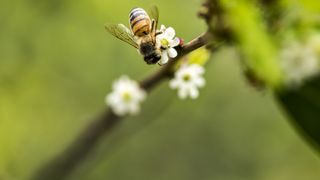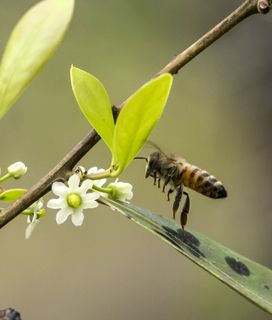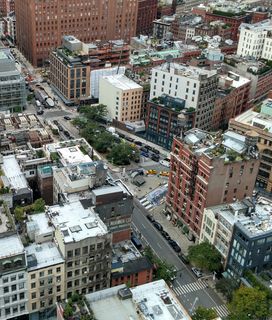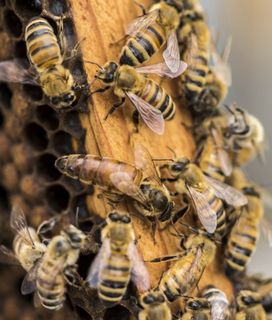THREATS TO BEES
WHY IT'S IMPORTANT TO BEESPONSIBLE
WE NEED BEES, AND
BEES NEED OUR HELP
As the world's most effective pollinators, bees are responsible for nearly one in three bites of food we eat. Their pollination services also help many of the world's flowering plants to reproduce, supporting biodiversity and keeping our natural ecosystems healthy. But widespread pesticide use, habitat loss, climate change and parasites threaten bee health and populations.

THREATS CONTRIBUTING
TO BEE DECLINE
Nearly 25% of native bee species in North America are imperiled and at increasing risk of extinction.[1] And since 2016, nine native bee species have been declared endangered in the U.S., including the rusty patched bumblebee which was once abundant in over half the country. Learn more below, then take Beesponsible actions to help.
PESTICIDES AND POLLUTION
Bees exposed to pesticides experience confusion, hindered foraging ability and increased mortality. In particular, neonicotinoids (a certain class of insecticides) pose a toxic threat when absorbed into plants fed upon by bees.

HABITAT LOSS
Land developent for urban, suburban and agricultural uses can be detrimental to bees, butterflies and other pollinators. Losing their habitats means pollinators lose their foraging sources as well as place to nest and overwinter.

CLIMATE CHANGE
The mutually beneficial relationship between plants and pollinators depends largely on phenology (the timing of natural events within plant and animal life cycles). Gradual changes in long-term weather patterns — including temperature, rain and sunlight — can alter environmental cues and disrupt this delicate balance.

PARASITES AND DISEASES
Parasites and diseases pose a serious threat to pollinators. This includes the mite and virus species that have severely compromised honeybee colonies over the past decade.
